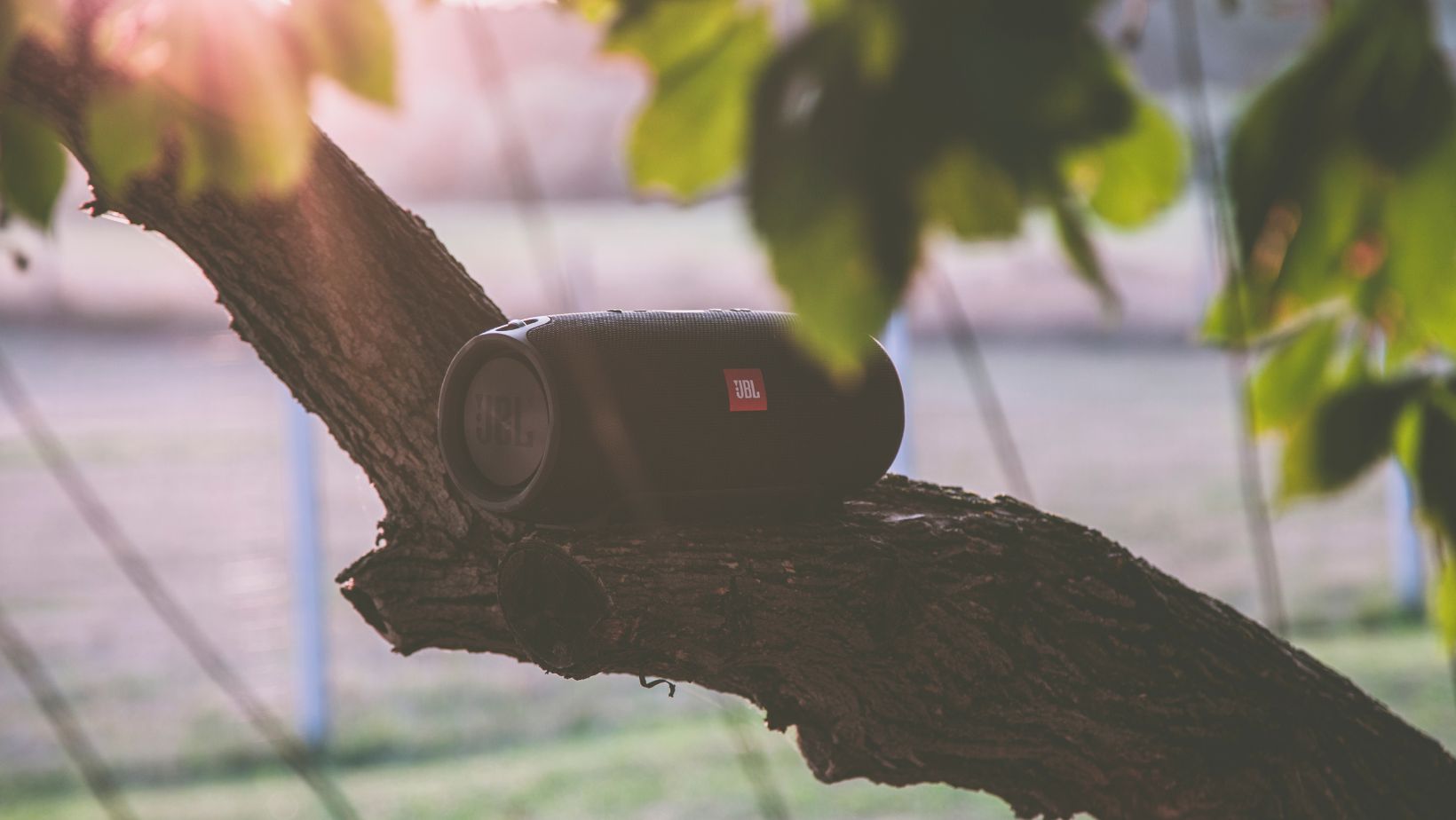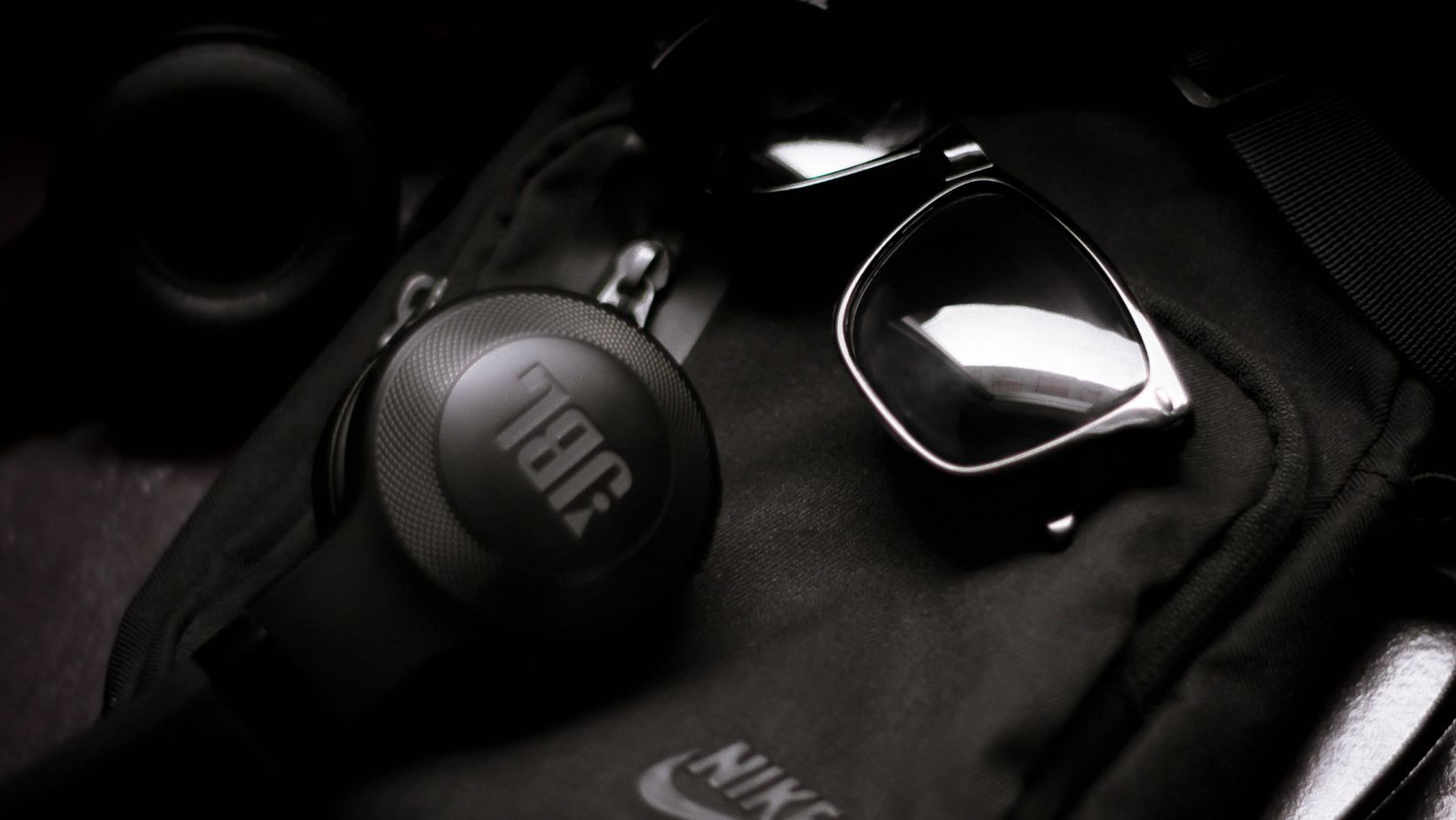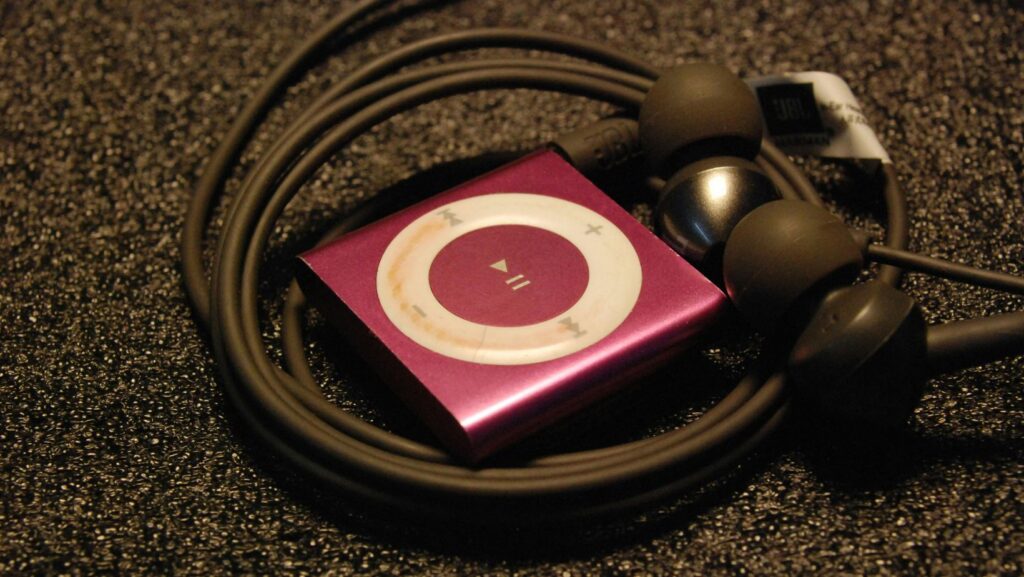In today’s fast-paced world, noise is an ever-present companion, whether it’s the hum of traffic, the chatter in a crowded café, or the clatter of a busy office. For many, these distractions can make it difficult to concentrate or enjoy music, podcasts, and phone calls. Enter noise-cancelling headphones and earbuds, revolutionary audio devices designed to block out unwanted sound and provide a more immersive listening experience.
But how exactly do noise-cancelling headphones and earbuds work? The technology behind them is both fascinating and highly sophisticated. In this article, we’ll explore the science behind noise-cancelling audio devices, how they function, and the different types of noise-cancellation available today.
What is Noise-Cancellation?
Noise-cancelling technology uses advanced acoustic engineering to reduce or eliminate unwanted ambient noise. These devices use microphones, speakers, and algorithms to actively detect and counteract surrounding sounds. The result is a quieter environment for the listener, free from the distractions of external noise.
The core principle behind noise-cancellation technology is the concept of sound wave interference. To understand how it works, it’s important to know a little about sound waves.
Sound Waves and How They Interfere
Sound travels in waves, and these waves have a characteristic pattern of compressions (high-pressure areas) and rarefactions (low-pressure areas). When two sound waves with the same frequency and amplitude meet, they can interfere with each other. If the waves are perfectly aligned but opposite in polarity (one is a compression and the other is a rarefaction), they cancel each other out, creating destructive interference. This is the fundamental principle behind active noise-cancellation technology.

In simple terms, the device creates a sound wave that is the exact opposite (or “anti-phase”) of the incoming external noise. When these two waves meet, they cancel each other out, significantly reducing the noise you hear. This process is known as active noise cancellation (ANC).
How Do Noise-Cancelling Headphones and Earbuds Work?
Noise-cancelling headphones and earbuds use microphones, sound waves, and electronics to detect and counteract unwanted noise. Here’s a step-by-step breakdown of how the process works:
- Detection of Ambient Noise:
The first step in noise-cancellation is detecting the external noise. Built-in microphones on the headphones or earbuds pick up the surrounding sounds, such as the hum of a plane engine or the chatter of a crowded room.
- Inversion of the Sound Wave:
Once the microphones detect the ambient noise, the device’s internal electronics analyze the sound wave. The system then creates a new sound wave that is the inverse (anti-phase) of the detected noise. This inversion ensures that the incoming noise and the new sound wave will cancel each other out when they meet.
- Emission of the Inverted Wave:
The newly generated anti-phase wave is then emitted through the headphones or earbuds’ speakers. When this wave interacts with the original noise, destructive interference occurs, significantly reducing the perception of that sound.
- User Experience:
As a result, the user experiences a quieter environment, with external noise greatly diminished. The technology works best with consistent, low-frequency sounds, like the hum of an engine or air conditioning, but more advanced systems can also handle irregular, high-frequency noises.
Types of Noise-Cancellation
Not all noise-cancelling headphones and earbuds use the same technology. There are two primary types of noise-cancellation: active noise cancellation (ANC) and passive noise isolation. Some devices use a combination of both to achieve the ideal results.
1. Active Noise Cancellation (ANC)
As discussed earlier, ANC uses microphones to detect external sound and produce an anti-phase sound wave to cancel it out. This is the most advanced form of noise cancellation and is commonly found in premium headphones and earbuds like JBL noise cancelling earbuds.
- Pros: ANC is highly effective at canceling out consistent, low-frequency sounds such as engine noise, air conditioning, or traffic.
- Cons: ANC works ideal on continuous noise and may not be as effective against unpredictable or high-pitched sounds, such as conversations.
2. Passive Noise Isolation
Passive noise isolation relies on the physical design of the headphones or earbuds to block out sound. This is achieved through ear cups or ear tips that form a seal around the ears or inside the ear canal, physically blocking external noise. While not as advanced as ANC, passive noise isolation can still be effective at reducing unwanted noise.
- Pros: Passive noise isolation doesn’t require batteries and doesn’t rely on any electronics, making it simpler and lighter.
- Cons: It is less effective at canceling out low-frequency or constant noises compared to ANC.
3. Hybrid Noise Cancellation
Some advanced headphones and earbuds use a combination of both ANC and passive noise isolation, providing the ideal of both worlds. By physically blocking sound and using ANC to cancel out the remaining noise, these devices offer an immersive and noise-free experience.
Why JBL Noise-Cancelling Earbuds Are Popular
When it comes to high-quality sound and effective noise cancellation, JBL noise-cancelling earbuds stand out. These earbuds combine state-of-the-art active noise cancellation with powerful audio performance, making them an excellent choice for listeners who want an immersive sound experience.
JBL incorporates advanced features like adaptive noise control, which adjusts the level of noise cancellation depending on the environment. For example, when you’re on a plane, the earbuds will increase the ANC to block out engine noise, and when you’re in a quieter space, the ANC will adjust accordingly. This adaptability ensures the best sound quality while maintaining comfort.

Additionally, JBL earbuds are designed with comfort in mind. Their ergonomic fit and lightweight construction ensure that users can wear them for extended periods without discomfort, whether they’re on a long flight or during a workout.
The Benefits of Noise-Cancelling Technology
Noise-cancelling headphones and earbuds offer a wide range of benefits for users. These include:
- Improved Focus: Whether you’re working, studying, or gaming, noise-cancelling devices help you concentrate by eliminating distractions from your environment.
- Better Sound Quality: By blocking out external noise, noise-cancelling devices allow you to enjoy your music or podcast without the need to crank up the volume.
- Hearing Protection: Since you don’t need to increase the volume to drown out ambient noise, noise-cancelling devices help protect your hearing in noisy environments.
- Reduced Stress: Constant exposure to noise can lead to stress and fatigue. Noise-cancelling technology helps create a peaceful environment, promoting relaxation and well-being.
Conclusion
The science behind noise-cancelling headphones and earbuds is both fascinating and practical. By utilizing sound wave interference through advanced microphones and electronics, these devices provide a solution to the constant noise that surrounds us. Whether you’re listening to music on a noisy commute, focusing in a crowded office, or simply relaxing at home, noise-cancelling earbuds like those from JBL offer a superior listening experience.
By understanding how this technology works, you can make an informed decision when choosing the right noise-cancelling device to suit your needs. As the technology continues to evolve, noise-cancelling headphones and earbuds will only get better, offering even more effective noise reduction and improved sound quality.


